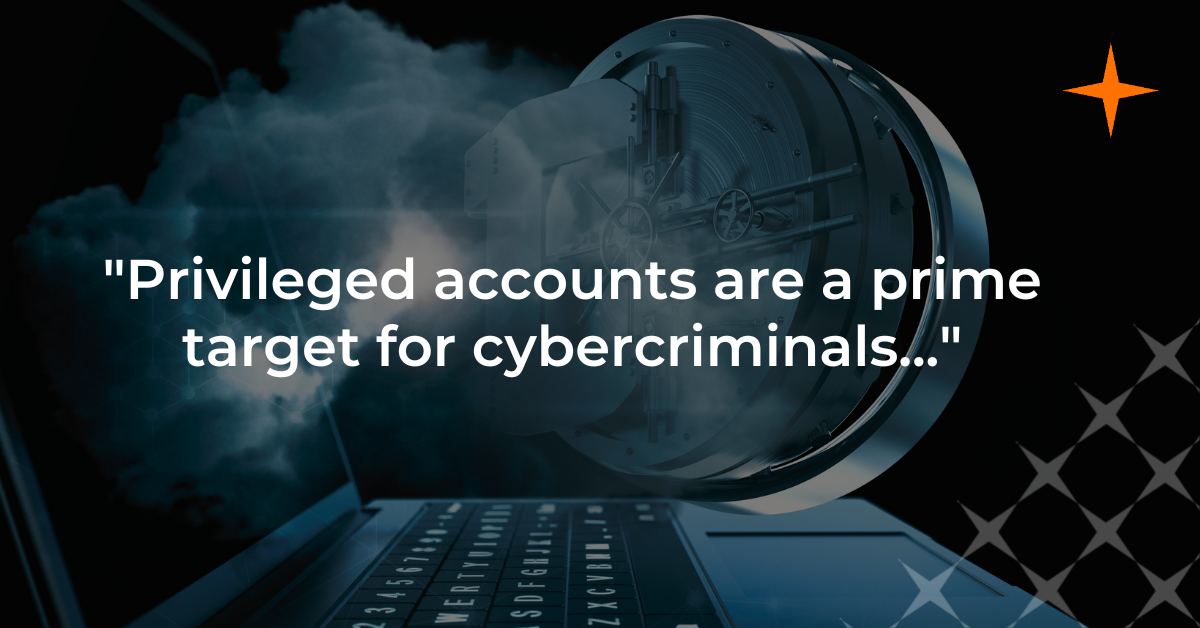Privileged Identity Management (PIM) is an essential security practice for businesses using the cloud. It focuses on securing and managing privileged accounts and access rights within an organisation. In this blog post, we will explore the importance of PIM for businesses, particularly those using the cloud, and why every business should consider implementing it as part of their comprehensive cybersecurity strategy.
What is PIM?
PIM refers to the processes, policies, and technologies used to manage and secure privileged accounts and access rights within an organisation. Cybercriminals often target privileged accounts as a means of gaining access to sensitive information and systems. PIM aims to reduce the risks associated with privileged accounts by providing a central solution for managing and securing these accounts. It involves identifying, managing, controlling access, and monitoring privileged account activity.
Importance of PIM for Businesses
Privileged accounts are a prime target for cybercriminals, and a breach can result in severe consequences, including data theft, business disruption, and reputational damage. PIM is essential for businesses because it helps to mitigate the risks associated with privileged accounts. By implementing PIM, businesses can control who has access, monitor, detect and respond to suspicious behaviour, and reduce the impact of a breach if one occurs.
Why Every Business Using the Cloud Needs PIM
Cloud computing has transformed the way businesses operate, providing flexibility, scalability, and cost savings. However, the cloud also presents new security challenges, particularly when it comes to privileged accounts. Cloud environments typically have many privileged accounts that can access critical resources, making them attractive targets for cybercriminals. PIM is especially important for businesses using the cloud because it provides a central solution for managing and securing privileged accounts across all cloud services and platforms. With PIM, businesses can identify and manage privileged accounts, enforce access controls, and monitor activity. Implementing PIM in the cloud can also help businesses to meet compliance requirements.
Conclusion
PIM is a critical component of a comprehensive cybersecurity strategy, particularly for businesses using cloud computing. By implementing PIM, businesses can manage and secure privileged accounts, control access to critical resources, and monitor privileged activity. PIM can help to reduce the risk and mitigate the impact of a breach if one occurs. Every business using the cloud should consider implementing PIM as part of their cybersecurity strategy to protect against the growing threat of account breaches.
If your organisation is considering SD-WAN (Software-defined Wide Area Network), then effective networking and built-in security should be integral to your decision.
In partnership with Fortinet, QuoStar is one of 15 SD-WAN specialised partners in the UK. We offer a solution that achieves safer, more cost-effective and efficient SD-WAN implementation. Here’s how:
SD-WAN explained
With dispersed workforces, new digital tools and cloud adoption at an all-time high, many organisations are turning to SD-WAN. This virtual WAN architecture brings together existing internet connectivity options, such as MPLS, Broadband, DIA and LTE, to securely connect users to applications, while simplifying the control and management of this connectivity.
SD-WAN solutions help to remove complex and expensive routing, cut down on hardware costs and remove expensive MPLS networks. They can also greatly enhance access to Software as a Service (SaaS) and other cloud-based services and help to minimise downtime.
The issue
However, many available SD-WAN networking solutions have little or no built-in security, which can lead to organisations adding a range of disparate tools to address these risks. This increases capital expenditure, raises complexity and creates potential gaps for cyberattacks.
A fully integrated, secure SD-WAN solution is the best way to ensure effective protection, operational efficiencies, and on-going readiness for evolving network demands.
QuoStar’s SD-WAN solution
Working in partnership with Fortinet, who have been recognised by Gartner as a Leader in the 2022 Gartner Magic Quadrant for SD-WAN for a third year in a row, QuoStar’s SD-WAN solution brings extra security protection and enhanced performance to the existing benefits of SD-WAN. These improvements include:
- Protection at all edges
Native security for both on-premises and cloud-delivered services, to provide flexible, secure access for a distributed workforce working on and off the network. Unified orchestration capabilities further provide end-to-end visibility and control of the network environment.
- A world-class user experience
Our solution overcomes WAN impairments at all edges using our comprehensive self-healing SD-WAN as well as AIOps and Digital Experience Monitoring (DEM). There are no network slowdowns thanks to our purpose-built security processing units, and application performance is maximised with artificial intelligence and machine learning.
- Reduced costs and complexity
Significantly lower operational complexity and low total cost of ownership is achieved with converged networking and security. Our unified SD-WAN solution secures remote workers and on-premises users with consistent policies.
You should investigate SD-WAN if:
- You’re a largely distributed company experiencing network problems.
- You’re particularly vulnerable to internet outages.
- Your internet connectivity costs need to be revaluated.
- You want to simplify the branch architecture.
- You’re in the market to affordably expand your company’s network.
- Your company needs to scale quickly and easily.
- You would like to enable reliable user experience on any transport with rich routing and advanced WAN remediation for self-healing networks
- SD-WAN control and management across multiple locations is providing a challenge for businesses with IT resources facing skill gaps
